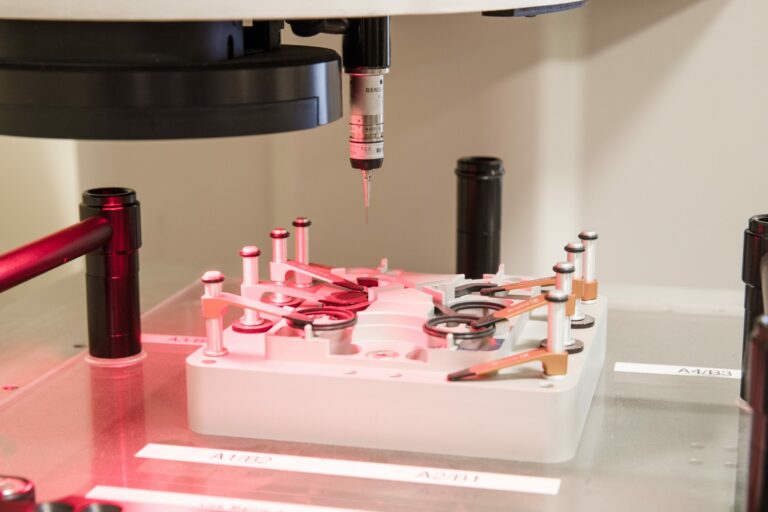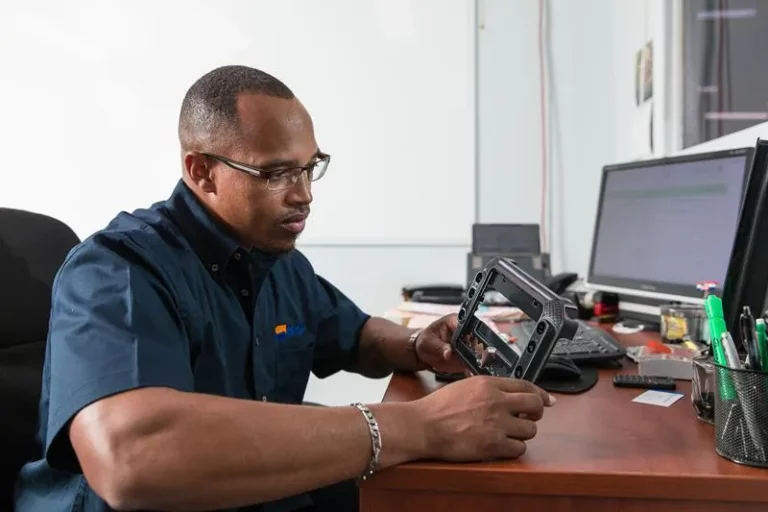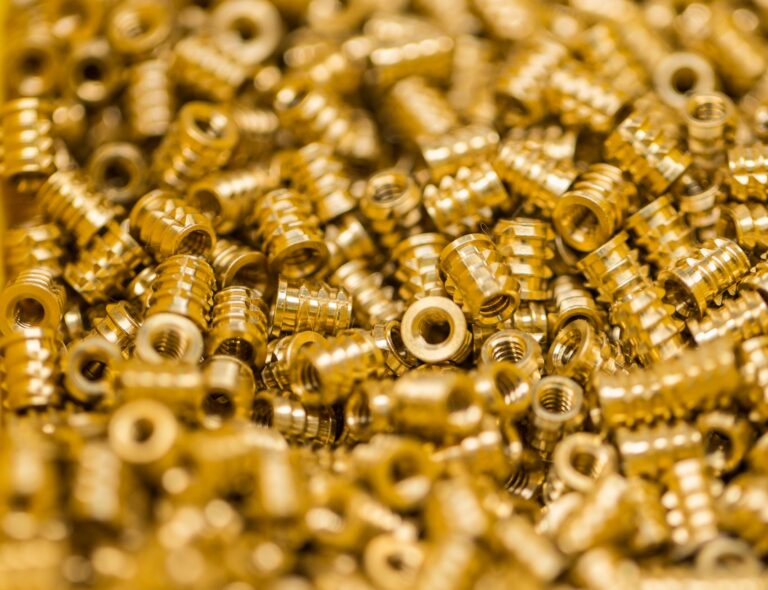Case Study
Industry: Precision Industrial
This detection device company has created thousands of different kinds of mass spectrometry devices since its inception in 2012. Many people in many different sectors of law enforcement have used their battery-operated and handheld detection tools for varying kinds of detrimental exposure. Strong enough to handle and exceed military expectations, their devices’ immediate reactions in the field make this detection device company a trusted source for measuring potential toxic exposure. Their over 100 employees have been delivering these sensors to other people in the field with the latest technology available in the toughest form available.
Our Objective
This detection device company had designed a detection device for use in identifying airborne explosives, chemicals, and drugs (including fentanyl). They created this device with durability in mind as they expected the US Border Patrol to utilize it in their operations. With this in mind, manufacturers for the device had to keep to the strict specifications with little room for error. Their need for a highly engineered plastic resin that could withstand extreme environments and use without compromising the machine. However, most manufacturers when dealing with these types of highly engineered plastics either lack the experience to mold them properly or simply will refuse to use them due to their complicated nature.


The Results
Through previous work with other law enforcement companies, this detection device company discovered Seaway and collaborated with the company in creating thousands for use. While this detection device company had the core of the entire assembly figured, Seaway resin suggestion aided further to ensure durability. Using this specific resin, Seaway’s experienced engineers and operators crafted the base parts. The post molding operations gave the assembly higher capabilities in retaining their inner electronics. Through advanced shielding techniques, Seaway ensured the device’s electronic integrity to protect it from other intrusions and interferences that could hamper the device’s abilities.
Moreover, this detection device company received the assistance they needed to create a device that is the only one of its kind. It can detect threats in solid, liquid, vapor, or aerosol form all while decreasing the amount of false alarms.
Conclusion
Using an ultra high performance plastic resin to make the housing for the device, this detection device company increased the durability of the device through several factors, however the following two were most important:
- Superior chemical resistance
- High heat resistance
- Electrical resistivity
Despite this particular resin’s difficult nature, the operators at Seaway molded the parts then shielded them to increase the inner electronics’ integrity. Using a more commodity type resin for this product would have sacrificed much of the assembly’s complete features as well as the product’s endurance. With an inexperienced molder, this resin’s likelihood of warping and shrinking would have increased and may have compromised the end result.



